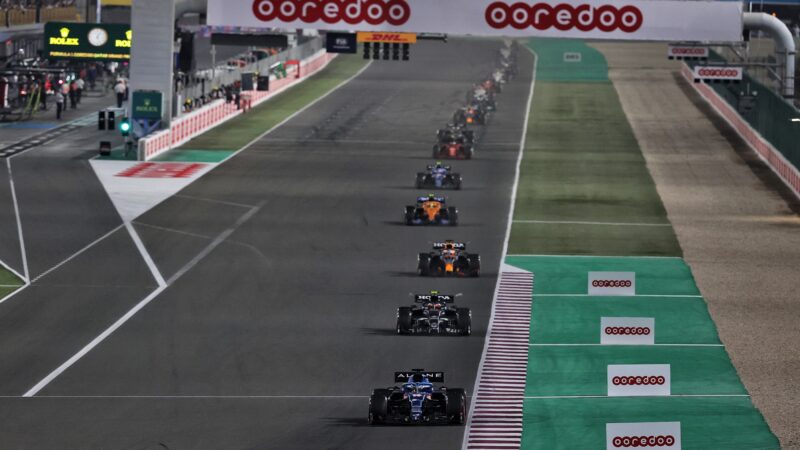But we’re in an era when the sport is open to trying different formats and improving its offering while still remaining the ultimate single-seater test for teams and drivers, and I don’t actually see why adding other categories would be detrimental to that at select events.
I’d go as far as to argue that one of F1’s weaknesses is the strive for perfection all the time, with smooth circuits, kerbs that won’t damage cars (damaging drivers is another matter entirely and should never happen), and basically whatever the engineers want in order to be able to run cars and races at their optimal performance.
The inability to do that, and the need to adapt, is what makes the best stand out from a sporting perspective. It provides areas of differentiation, and more tests where a driver or team can get it right or wrong.
The last time Formula 1 and Formula 2 entries were permitted at the same race was in 1969, and it is important to remember that as ridiculous as the idea sounds, it’s actually a part of F1’s history.

Jacky Ickx in an F1 Brabham BT26 runs ahead of Johnny Servoz-Gavin’s F2 Matra at the 1969 German GP
Universal Images Group via Getty Images
Junior category teams could certainly do with the added exposure that racing during an F1 race would bring, and it might even provide an increased likelihood of F2 teams having aspirations of evolving into F1 outfits, something that has been sorely missing on the single-seater ladder for some time.
And while F2 is the obvious candidate, let’s go really off-piste for a second and think what about IndyCar? A race at COTA with both categories competing would be a hell of a spectacle, and would certainly add variety from an F1 perspective.
It’s obviously not a remotely realistic proposition as things stand when you factor in the differences in pit stop requirements or race start procedures, plus the fact that IndyCar would need to accept seeing the performance deficit completely exposed by a direct comparison in the same race, but it would be wild.
None of that takes into account the potential for a great race within the other category, too. There have been some thrillers in F2 in recent years, but so few people see them compared to the grand prix audience. And it would be a welcome addition to races where one team or driver is dominant and there’s little to get excited about from an F1 perspective.
I never want F1 to become a spec series, and so varied car performance is always going to play a huge role, but with an ever-expanding calendar that even the drivers themselves have sometimes stated can become monotonous, a different sporting challenge within the same race framework – as attempted with the Sprint – is not a bad thing in my book.
Just me? OK, never mind then.




